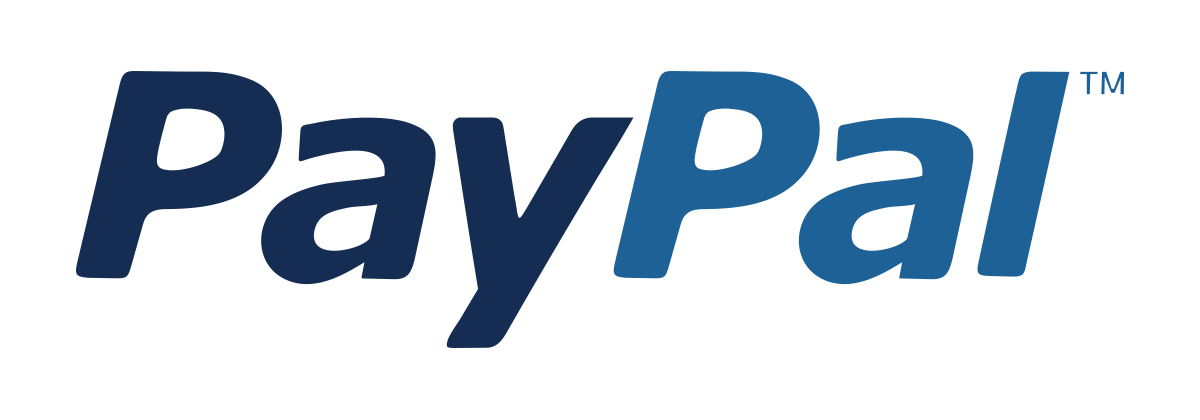DataOps & Data Observability
Master DataOps practices and observability tools to ensure reliability, quality, and trust in data pipelines.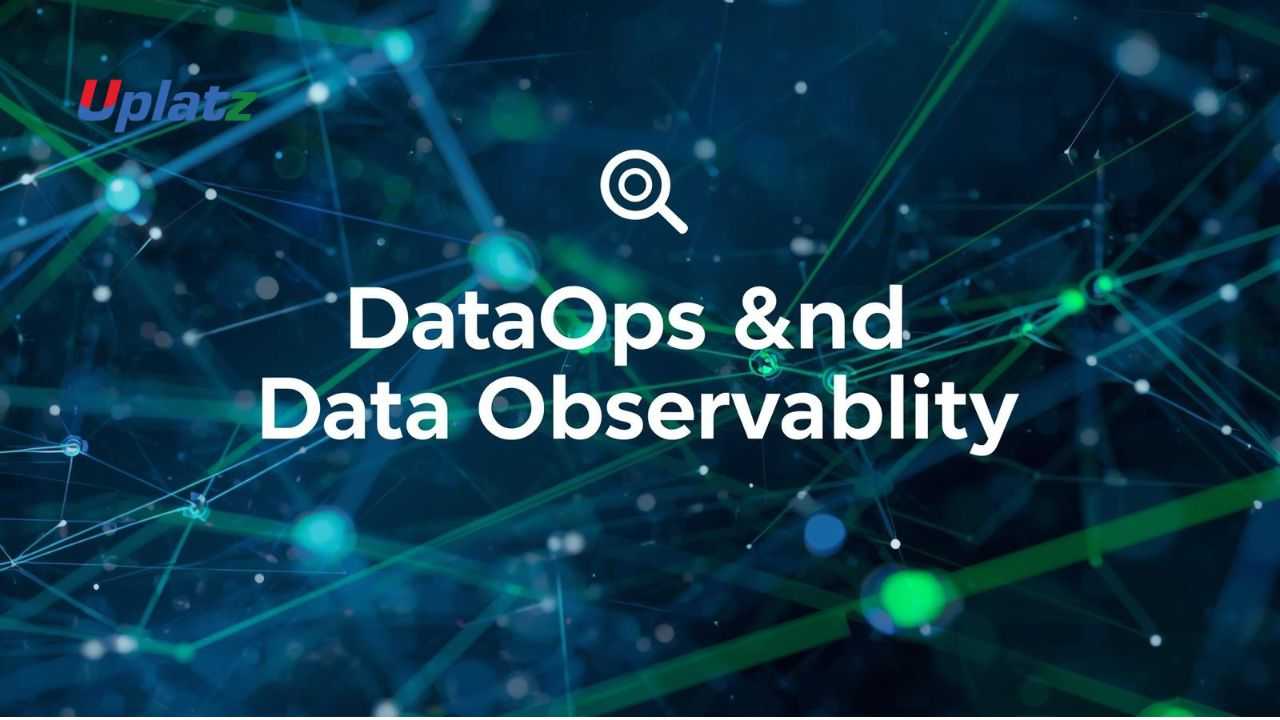 Price Match Guarantee
Full Lifetime Access
Access on any Device
Technical Support
Secure Checkout
Course Completion Certificate
Price Match Guarantee
Full Lifetime Access
Access on any Device
Technical Support
Secure Checkout
Course Completion Certificate
 90% Started a new career
BUY THIS COURSE (
90% Started a new career
BUY THIS COURSE (GBP 12 GBP 29 )-
 81% Got a pay increase and promotion
81% Got a pay increase and promotion
Students also bought -
-
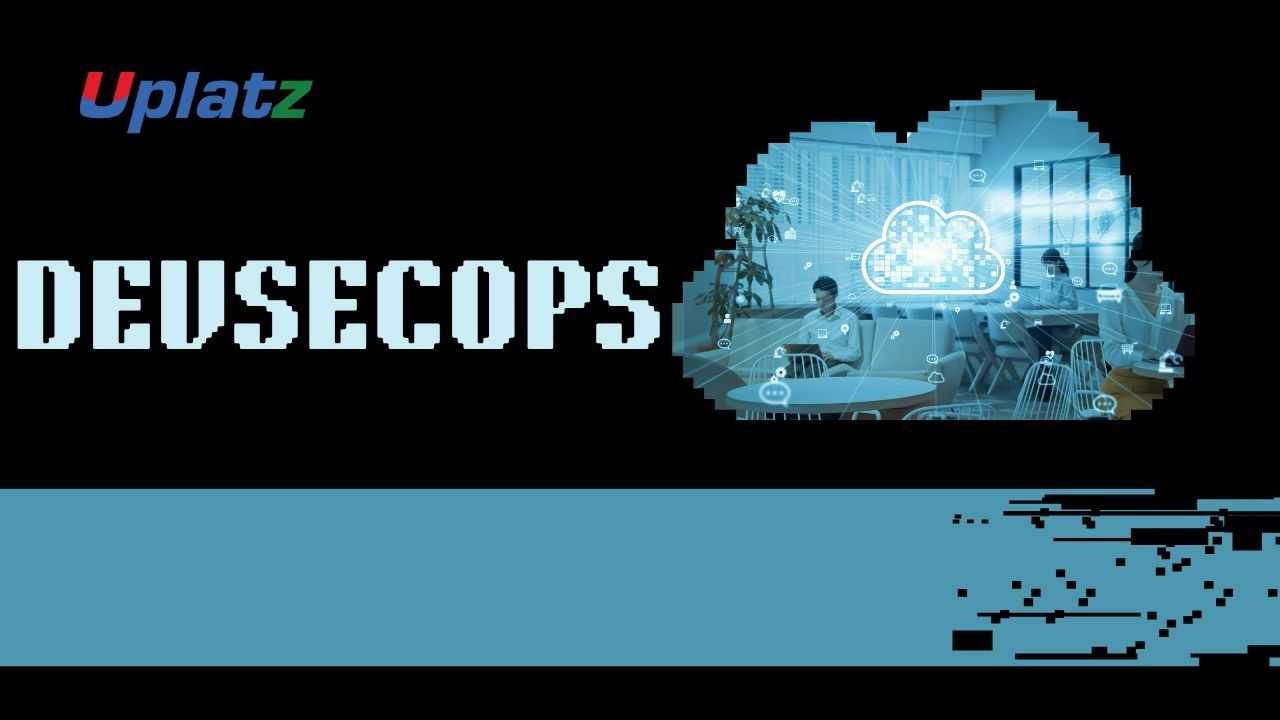
- DevSecOps
- 10 Hours
- GBP 29
- 10 Learners
-
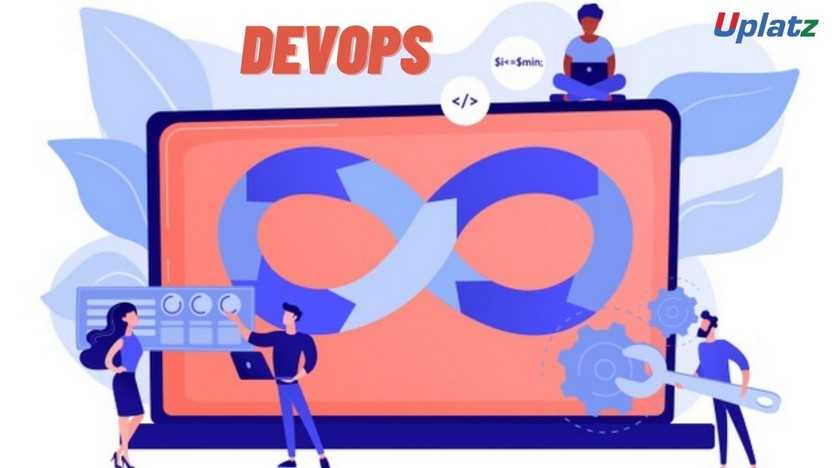
- DevOps
- 20 Hours
- GBP 12
- 1677 Learners
-
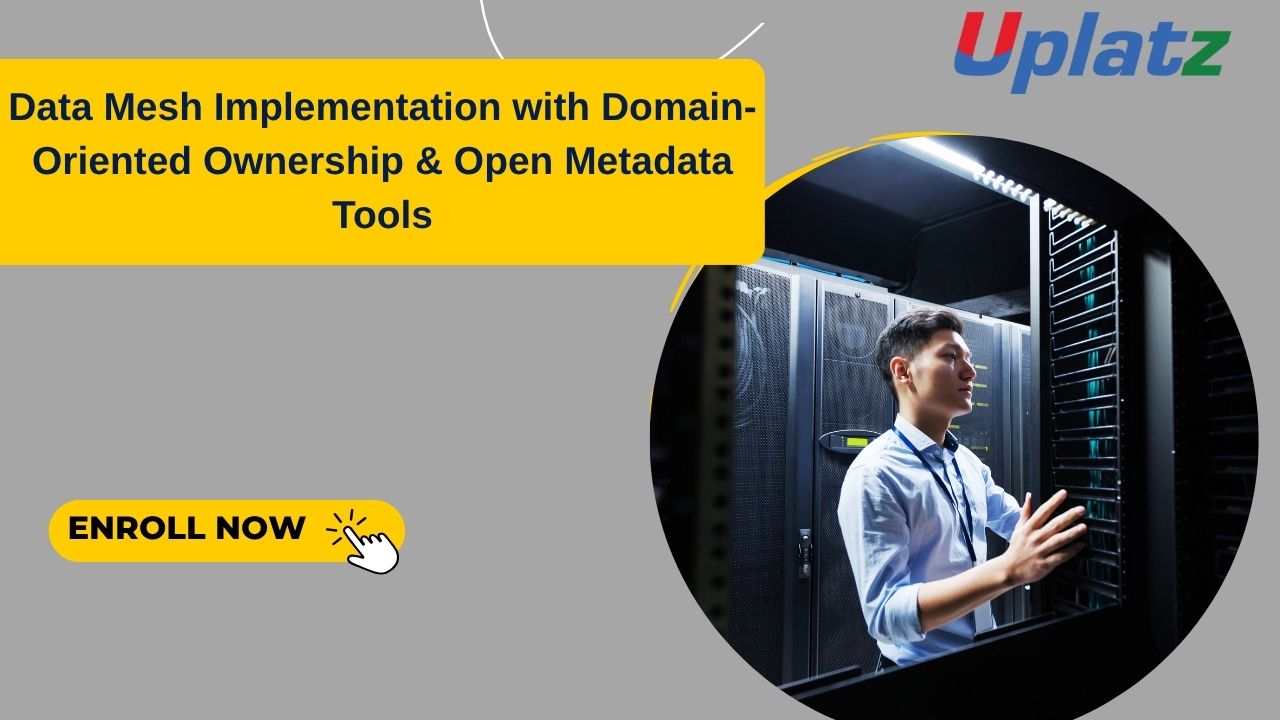
- Data Mesh Implementation with Domain-Oriented Ownership & Open Metadata Tools
- 10 Hours
- GBP 12
- 10 Learners
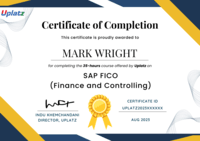
DataOps & Data Observability – Building Reliable, Scalable, and Trustworthy Data Systems
DataOps & Data Observability is a complete course designed to empower data professionals with the skills and frameworks to manage modern data pipelines efficiently, ensuring they are reliable, scalable, and continuously monitored.
As organizations increasingly depend on real-time analytics and data-driven decisions, the need for dependable data infrastructure has become paramount. DataOps applies DevOps principles to the data lifecycle—emphasizing automation, collaboration, and continuous improvement—while Data Observability provides the visibility required to detect, diagnose, and resolve data quality and pipeline issues before they impact business outcomes.
This course covers the full ecosystem of DataOps and observability: from workflow orchestration, testing, version control, and CI/CD for data pipelines to data lineage, monitoring, anomaly detection, and governance. You’ll also explore leading tools and frameworks such as Airflow, Great Expectations, Monte Carlo, Databand, Soda, and OpenLineage.
By the end of the course, you’ll be capable of implementing robust, automated, and observable data systems aligned with enterprise data reliability standards.
Why Learn DataOps & Data Observability?
As organizations scale their data platforms, the complexity of data pipelines, tools, and dependencies increases dramatically. Without structured operations and visibility, teams risk poor data quality, delayed analytics, and costly outages.
DataOps ensures speed, collaboration, and efficiency, while Data Observability ensures data trust, integrity, and transparency. Together, they form the foundation of modern data reliability engineering.
Learning these disciplines helps you:
- Detect and resolve data issues faster.
- Improve pipeline reliability and performance.
- Reduce downtime and ensure continuous data delivery.
- Build stakeholder trust with accurate, consistent analytics.
- Lead high-performing data teams with automated workflows and quality assurance.
What You Will Gain
By completing this course, you will:
- Understand DataOps principles and how they differ from traditional data engineering.
- Design and implement automated, version-controlled data pipelines.
- Apply observability techniques to ensure data quality and consistency.
- Integrate testing, monitoring, and alerting into data workflows.
- Detect data anomalies and trace lineage for compliance and governance.
- Optimize data operations through collaboration and automation.
Hands-on projects include:
- Building a DataOps CI/CD pipeline using Airflow and GitHub Actions.
- Implementing data quality validation with Great Expectations.
- Deploying a data observability dashboard using Monte Carlo or Soda.
Who This Course Is For
This course is ideal for:
- Data Engineers implementing and maintaining production pipelines.
- Analytics Engineers & BI Developers ensuring data trust and transparency.
- Data Architects designing automated and governed data ecosystems.
- Data Scientists seeking reproducible, high-quality data workflows.
- Students & Professionals transitioning into advanced data operations roles.
Whether you’re in a technical or leadership position, this course provides the frameworks, tools, and hands-on skills to manage data reliability at scale.
By the end of this course, learners will be able to:
- Explain the key principles, benefits, and practices of DataOps.
- Design automated and collaborative data workflows across teams.
- Implement continuous integration and deployment (CI/CD) for data pipelines.
- Apply version control and testing frameworks to ensure data consistency.
- Set up observability tools to monitor data freshness, quality, and lineage.
- Detect and resolve anomalies using automated monitoring and alerting systems.
- Integrate data quality validation tools such as Great Expectations or Soda.
- Establish governance frameworks for data access, auditing, and compliance.
- Optimize pipeline performance, scalability, and reliability using modern orchestration tools.
- Develop a data observability strategy aligned with business SLAs and reliability metrics.
Course Syllabus
Module 1: Introduction to DataOps
Definition, goals, and principles of DataOps; comparison with DevOps and MLOps.
Module 2: Data Lifecycle and Workflow Automation
Pipeline stages, orchestration, automation, and version control fundamentals.
Module 3: Data Quality and Validation
Data profiling, schema enforcement, and automated validation with Great Expectations.
Module 4: CI/CD for Data Pipelines
Implementing automated deployment and testing using GitHub Actions, Jenkins, or dbt Cloud.
Module 5: Data Lineage and Metadata Management
Tracking data flow, dependencies, and change impact with OpenLineage and Marquez.
Module 6: Introduction to Data Observability
Pillars of observability—freshness, quality, volume, schema, and lineage.
Module 7: Monitoring and Alerting Systems
Setting up alert thresholds, anomaly detection, and notification pipelines.
Module 8: Observability Tools and Platforms
Overview of Monte Carlo, Databand, Soda, and other open-source monitoring frameworks.
Module 9: Incident Management and Root Cause Analysis
Building playbooks for detection, diagnosis, and prevention of data failures.
Module 10: Governance, Security, and Compliance
Access control, audit trails, and adherence to data privacy regulations.
Module 11: Scaling DataOps and Observability Practices
Implementing best practices for enterprise-grade reliability and collaboration.
Module 12: Capstone Project – Building an Automated DataOps Pipeline
Design and deploy a complete DataOps pipeline with CI/CD, data testing, and observability dashboards integrated end-to-end.
Upon successful completion, learners will receive a Certificate of Mastery in DataOps & Data Observability from Uplatz.
This certification validates your expertise in data reliability, automation, and observability practices, demonstrating your readiness to lead enterprise-level data operations.
Mastering DataOps and Observability prepares you for high-impact roles such as:
- DataOps Engineer
- Data Reliability Engineer
- Data Platform Engineer
- Analytics Engineer
- Data Governance Lead
- Data Quality Specialist
With increasing demand for trustworthy and scalable data pipelines, professionals skilled in DataOps and observability are in demand across sectors including finance, retail, healthcare, and SaaS enterprises.
- What is DataOps and how does it differ from DevOps?
DataOps applies DevOps principles—automation, collaboration, and CI/CD—to data lifecycle management, focusing on data quality and reliability. - What are the key pillars of Data Observability?
Freshness, volume, schema, quality, and lineage—together they provide comprehensive visibility into data health. - How does CI/CD improve data pipeline management?
It automates testing and deployment, ensuring consistent, version-controlled, and error-free data updates. - What tools are commonly used for data observability?
Monte Carlo, Databand, Soda, Great Expectations, and OpenLineage are popular tools for data quality and monitoring. - What is data lineage and why is it important?
Data lineage tracks data flow and transformations, enabling transparency, compliance, and easier debugging. - How can DataOps improve collaboration between teams?
By uniting engineers, analysts, and operations under shared workflows, automation, and continuous feedback cycles. - What are some common challenges in DataOps implementation?
Tool fragmentation, cultural resistance, lack of metrics, and integration complexity. - How do you detect and handle data anomalies?
By setting observability metrics, using anomaly detection models, and triggering alerts for outliers or data drifts. - How do data governance and observability complement each other?
Governance ensures policies and access control; observability ensures real-time visibility and quality enforcement. - What metrics define data reliability?
SLAs and SLOs around data freshness, accuracy, latency, volume, and delivery success rate.







